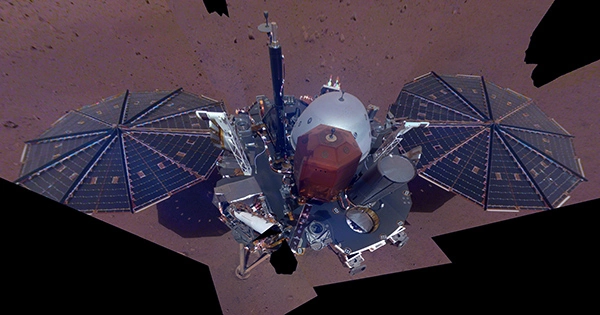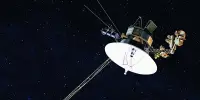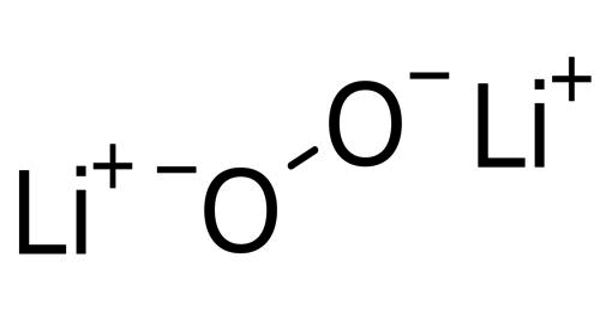After initially detecting tremors assumed to be generated by the cooling of Mars’ innards and volcanic activity, NASA’s InSight Martian lander has now discovered meteorite strikes. Despite the small size of the space rocks that have been dropping nearby, InSight is so sensitive that it has been able to detect seismic waves from collisions up to 290 kilometers (180 miles) away. Now, NASA has released the sound of meteorites striking Mars.
The atmosphere of the Earth is routinely bombarded by particles as small as sand grains and as large as enormous rocks. These can create breathtaking sky displays, but only the larger ones actually touch the earth as opposed to bursting into flames as they descend. On Mars, the atmosphere is significantly thinner, allowing for far greater object passage. But being aware of this and actually perceiving it are two different things. Despite years of Martian rovers and landers, none of them had ever experienced the seismic waves brought on by an incoming space rock.
Although InSight has been on Mars since 2018, it wasn’t until an incident on September 5, 2021 that scientists first saw seismic waves from an impact, as is now documented in a recent publication. But the wait was worthwhile. The meteoroid exploded due to considerable friction that was produced even by the weak Martian atmosphere. Not just one, but three darkish marks left behind by the object after it disintegrated were spotted by NASA’s Mars Reconnaissance Orbiter.
Daubar and co-authors explored further after determining InSight are capable of detecting the seismic waves from meteorite impacts. Re-analyzing InSight’s historical data, they discovered three less significant occurrences from 2020 and early 2021. Each produced seismic waves that were less than a Marsquake of magnitude 2.0.
In three instances, InSight also detected the object’s auditory wave as it passed through the atmosphere. One detection was, perhaps by coincidence, only five days away from the impact that initially drew their notice.
Planetary scientists are interested in the craters for reasons other than aesthetics. All other mission-related data is calibrated by knowing the exact position of the source of the impacts, according to Daubar. The location and magnitude of the consequences are “validated by this,” according to our estimations. Additionally, it will make it possible for researchers using InSight’s data to more precisely detect upcoming collisions.
Daubar and his associates were perplexed that striking space objects hadn’t been discovered earlier. Mars should meet more asteroids due to its proximity to the asteroid belt compared to Earth, which accounts for its smaller size. Although the Red Planet is less seismically active than our own, InSight has already recorded 1,300 Marsquakes, which previous Mars landers may not have been sensitive enough to record.
The authors speculate that InSight may have actually detected seismic waves from previous meteorite impacts, but that these may have been incorrectly interpreted because the crew wasn’t aware of the waves’ particular structure. Now that there are four confirmed incidents, they are hoping to discover more.
The age of the Martian landscape may be determined by measuring the frequency of crater-forming events, which enables us to determine how long craters like this last before being covered by sand or other processes. Dr. Raphael Garcia, the study’s principal author from France’s Institut Supérieur de l’Aéronautique et de l’Espace, explained that impacts serve as the solar system’s clocks.
Ironically, the InSight/Reconnaissance Orbiter partnership outperforms all of our numerous Earth-based seismic satellites and equipment. The seismic and infrasound detections from the meteorite’s passage through the atmosphere have only been matched to one crater on Earth. Numerous hits have been detected by the seismic network set up by the Apollo astronauts, but none of them have been linked to recently produced craters.
















